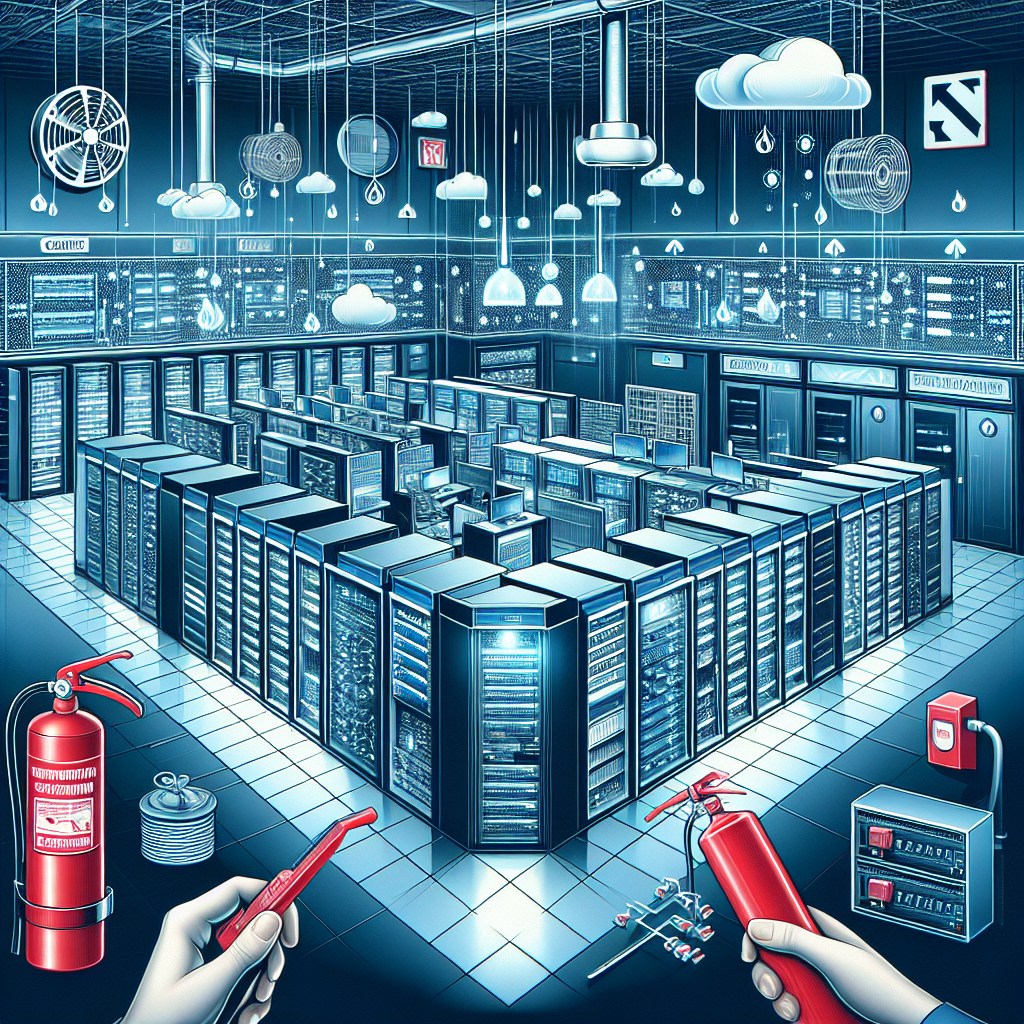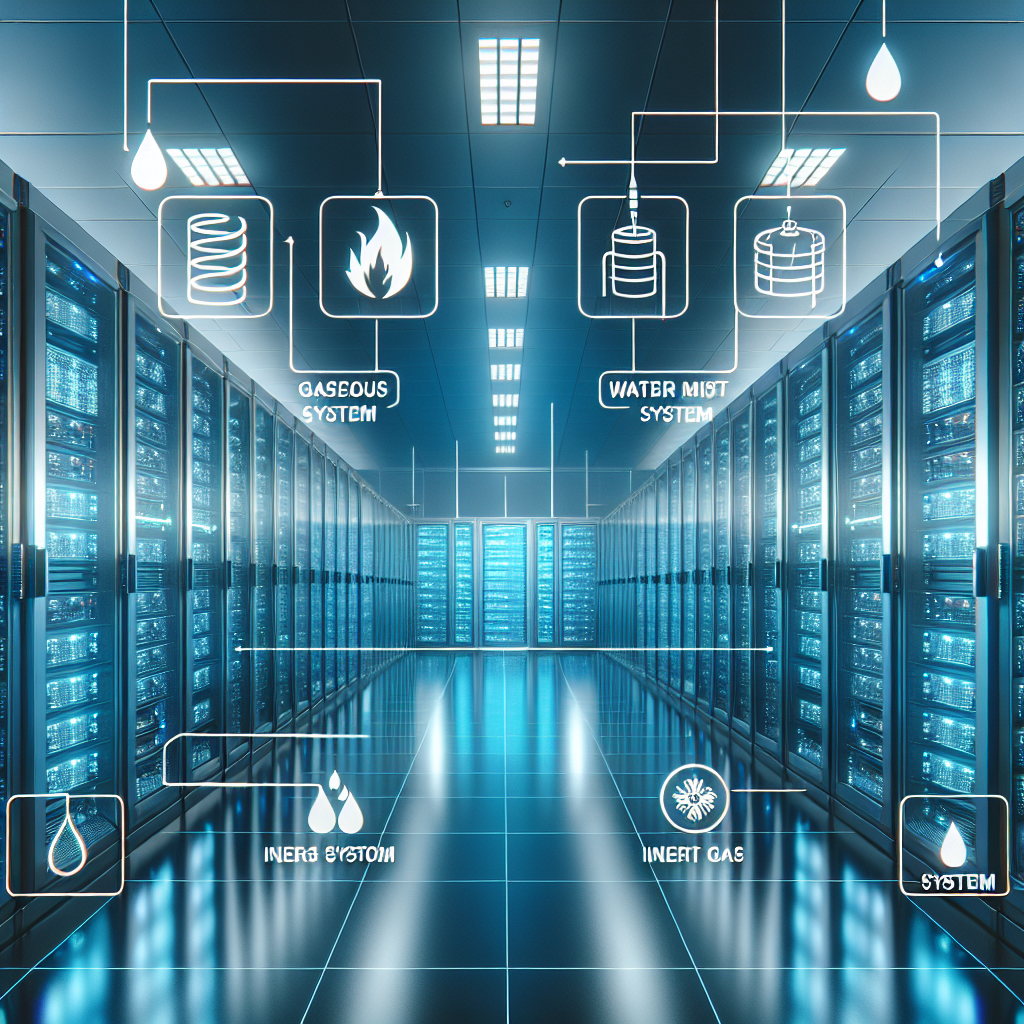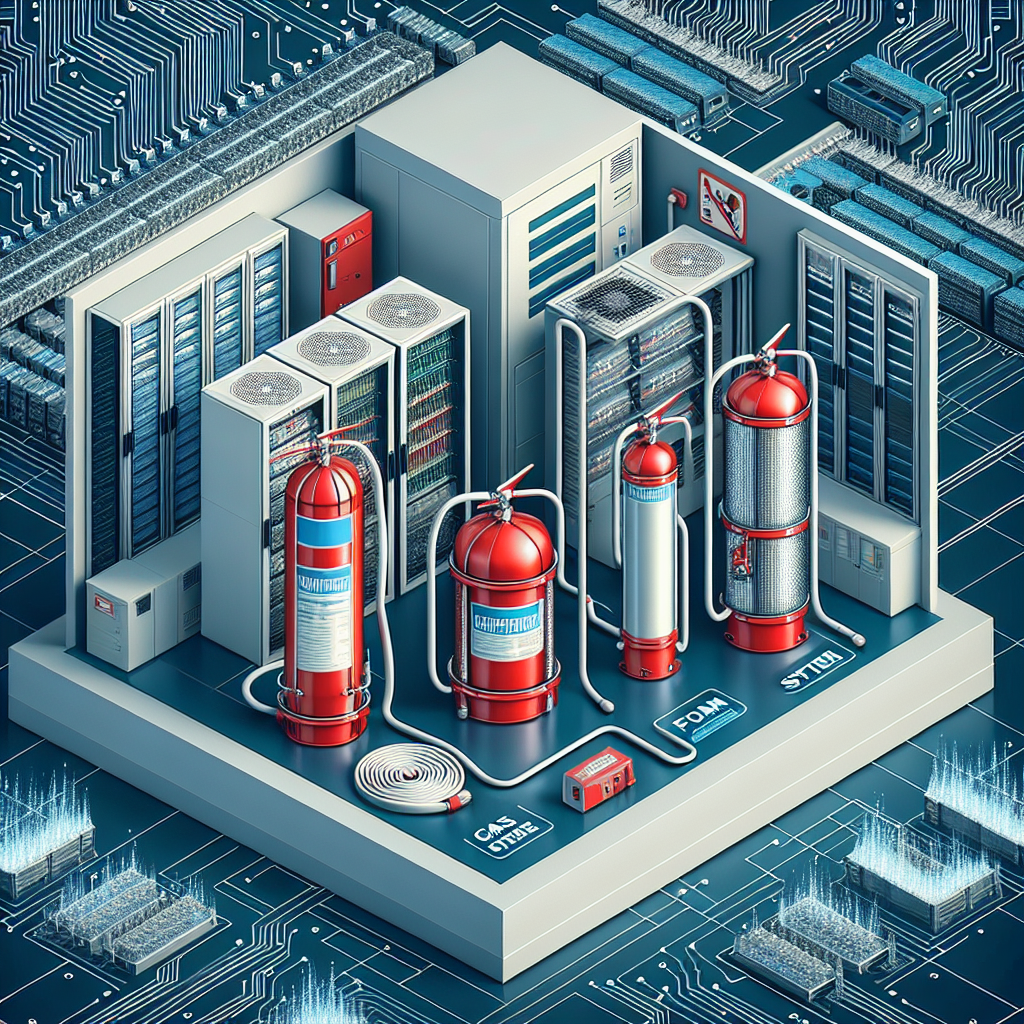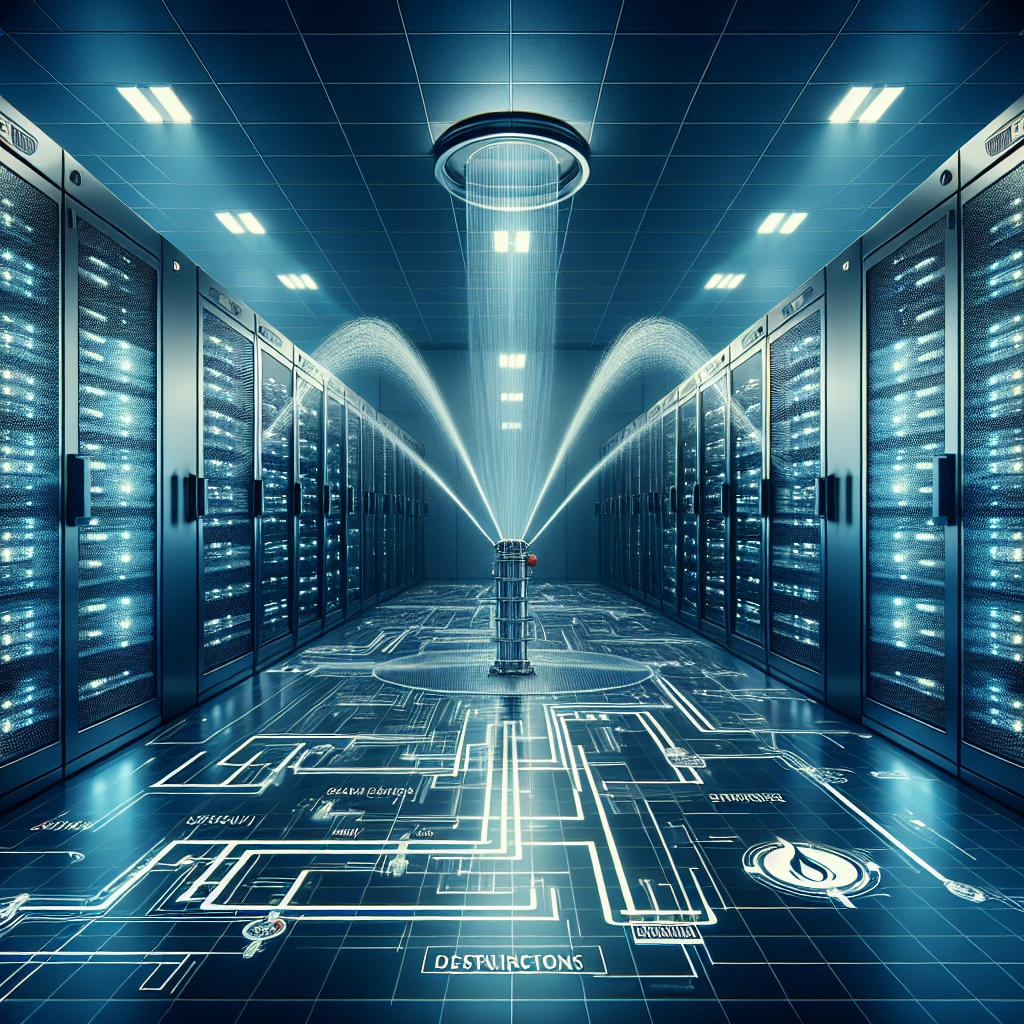Data centers play a crucial role in today’s digital world, hosting and managing vast amounts of sensitive information. With the ever-increasing demand for data storage and processing, it is essential to ensure the safety and security of these facilities. One of the most critical aspects of data center safety is fire suppression systems.
Implementing an effective fire suppression system is vital to safeguarding data centers and preventing potential disasters. Here are some best practices for implementing fire suppression systems in data centers:
1. Conduct a thorough risk assessment: Before installing a fire suppression system, conduct a comprehensive risk assessment to identify potential fire hazards and determine the best approach to fire protection. Consider factors such as the size of the data center, the types of equipment and materials present, and the potential impact of a fire on operations.
2. Choose the right type of fire suppression system: There are several types of fire suppression systems available, including water-based systems, gas-based systems, and chemical-based systems. Each type has its advantages and limitations, so it is essential to select the system that best suits the specific needs of the data center.
3. Ensure compliance with regulations and standards: Data centers must comply with local fire codes and regulations, as well as industry standards for fire protection. Make sure that the chosen fire suppression system meets all relevant requirements and is installed and maintained according to the applicable standards.
4. Implement redundant systems: To enhance the reliability and effectiveness of the fire suppression system, consider implementing redundant systems. This includes having multiple suppression agents, backup power sources, and redundant control systems to ensure that the system operates smoothly in case of a failure.
5. Regularly test and maintain the system: Regular testing and maintenance are essential to ensure that the fire suppression system is functioning correctly and will operate as intended during a fire emergency. Conduct regular inspections, tests, and maintenance activities according to the manufacturer’s recommendations and industry best practices.
6. Train staff on fire safety procedures: Proper training is crucial for ensuring that data center staff are prepared to respond effectively in the event of a fire. Provide training on fire safety procedures, evacuation plans, and the operation of the fire suppression system to ensure that everyone knows what to do in case of an emergency.
In conclusion, implementing an effective fire suppression system is essential for safeguarding data centers and protecting valuable information. By following these best practices, data center operators can ensure that their facilities are well-equipped to prevent and respond to fire emergencies effectively. Remember, safety should always be a top priority when it comes to data center operations.




